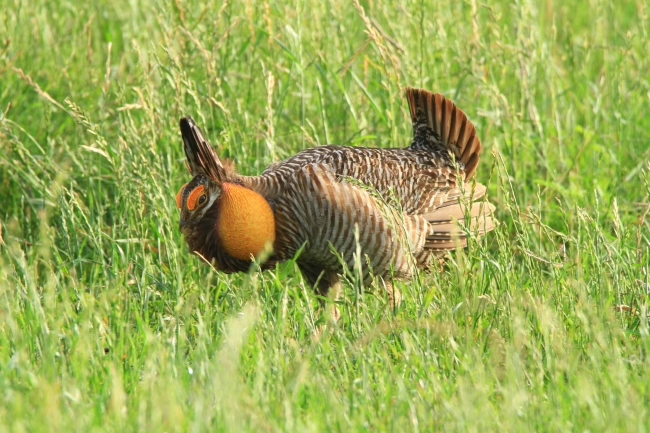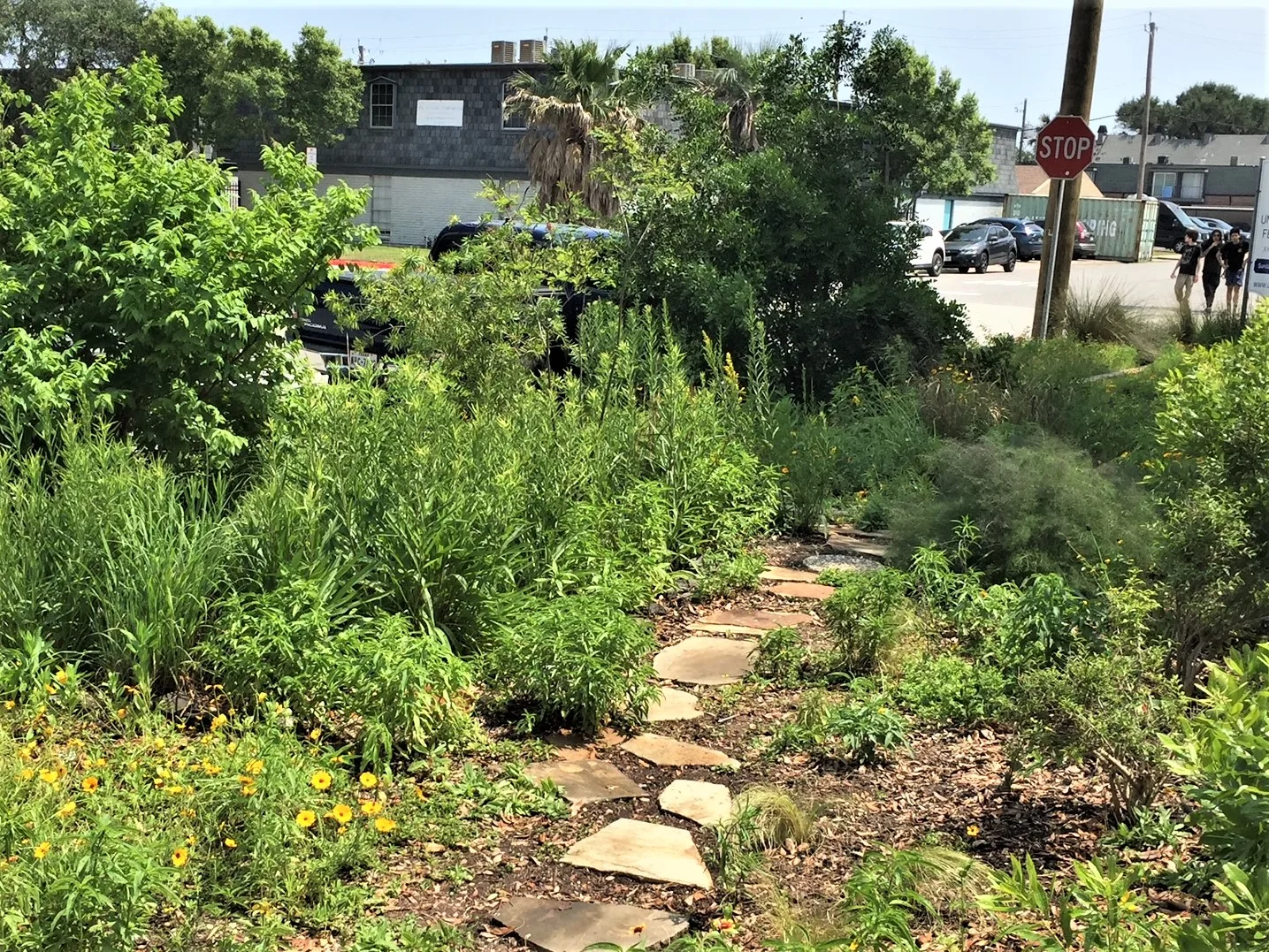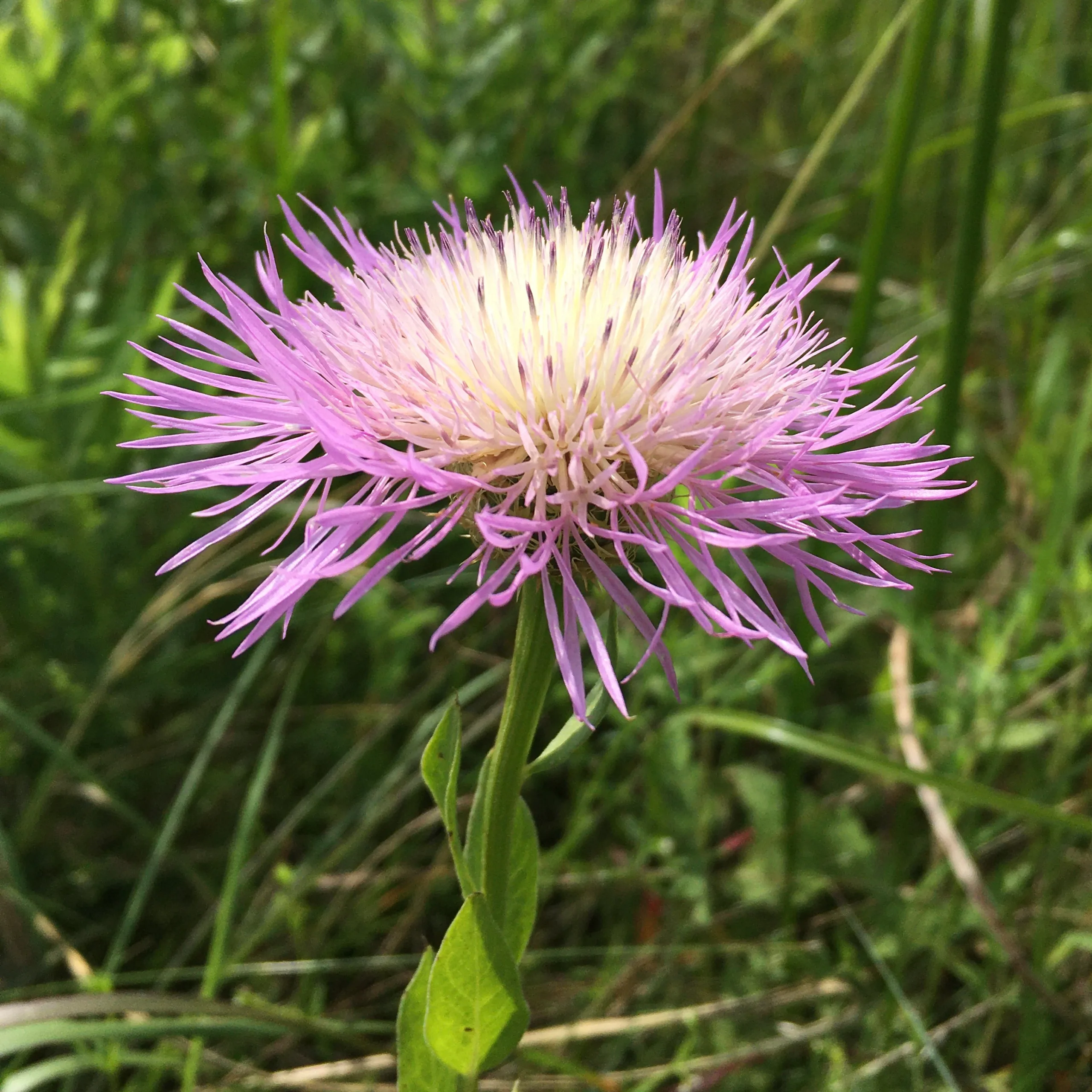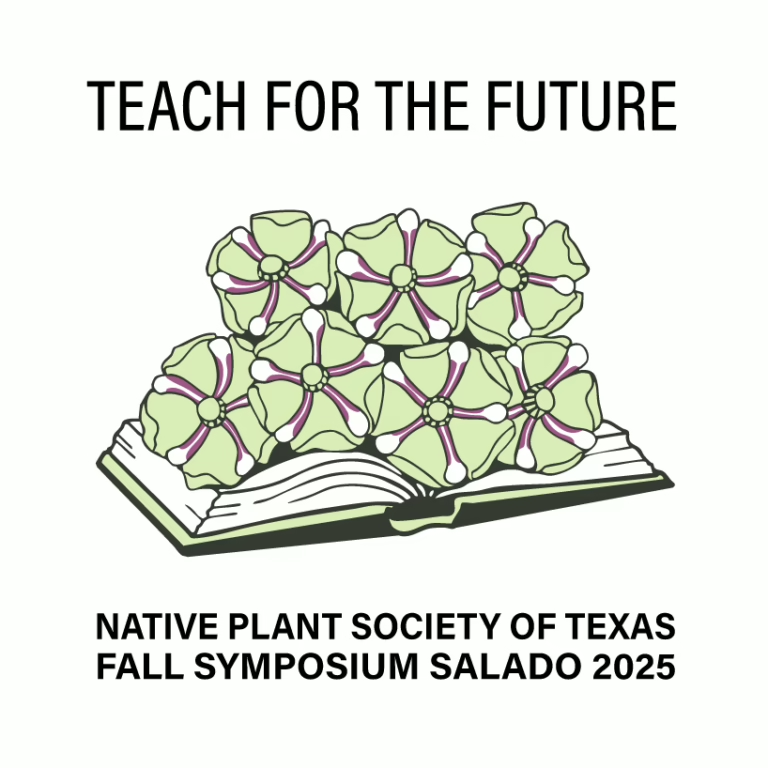Chapter Meetings
Meetings are open to the public; visitors are welcome.
Chapter Meetings – 2nd Mondays
In-person and online
6:45–8:30 p.m.
Chapter Board Meeting – 1st Mondays
Email for Zoom link
6:30 p.m.
Next Meeting

Clear Lake Chapter Holiday Potluck & Gift Exchange
Monday, December 8 — Clear Lake Chapter Holiday Party — Join us for our annual holiday potluck and gift exchange.
Field Trips
Let’s explore and learn about the native plants and plant communities in our area!
Coming Up / Recently Visited

Plants of the Prairie Tour
An independent plant walk at Attwater Prairie Chicken NWR led by our September guest speaker — attend on your own if interested.
Native Pollinator Habitat Grant Program
The Clear Lake Chapter of the Native Plant Society of Texas awards grants to nature centers, schools, educational groups and others to help fund development and maintenance of pollinator habitats using native plants, shrubs or trees on public sites in Brazoria, Galveston or Harris Counties of Texas. Priority is given to projects located in Brazoria Co., Galveston Co., and the southeast quadrant of Harris County. The goal of this program is to:
- Educate members of the Society and the public about pollinator conservation,
- Build or restore pollinator habitats in order to support and increase pollinator populations and diversity,
- Promote the research, conservation and utilization of native plants and plant habitats of Texas through education, outreach and example.

Clear Lake Chapter Community Donations/Informal Grants
Each Clear Lake Chapter member may submit up to two nominations per year for local conservation organizations. Submissions will be reviewed and voted on by the Board. The nomination deadline is November 15.
Clear Lake Chapter Annual Awards
Recognizing achievements in the field of native plants.
Nominees must have accomplishments that benefit the community at large. Accomplishments may be in education, research, and/or outreach. The nomination deadline is November 1. The award will be presented at the December meeting.
Native Landscape Certification Program
Our Native Landscape Certification Program (NLCP) is a series of day-long classes highlighting best practices for native plant landscaping, including wildlife habitat gardening.
Each class consists of an indoor training session and a plant identification session. We show you plants native to the local ecoregion and illustrate their use in the landscape.
The Clear Lake Chapter offers a Level 1 class in the spring and fall. The class schedule is posted one week before registration opens on the Native Plant Society website.
Level 1 registration fee is $45. For all classes other than Level 1, the registration fee is $50 for Native Plant Society members or $65 for non-members.
Clear Lake Chapter contact: Martha Richeson
- Level 1: Introduction to Native Landscapes
- Level 2: Design and Development with Native Plants
- Level 3: Installing and Maintaining Native Landscapes
- Level 4: Stewardship of Native Plant Communities (under development)

NLCP Class, Level 3
https://nativeplantsocietyoftexas.app.neoncrm.com/np/clients/nativeplantsocietyoftexas/event.jsp?event=2697& Summary Learn about how to install and maintain your native plant landscape! NLCP is a state-wide program, but classes focus on the characteristics and plants in the region in


